Think of it as our gift to you: 12 unique recipes created by Seattle chefs using Isernio’s products.
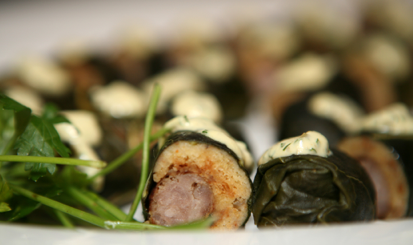 Today’s 12 Days of Sausage recipe comes from Susan Neel, co-owner of McCrea Cellars. She says:
Today’s 12 Days of Sausage recipe comes from Susan Neel, co-owner of McCrea Cellars. She says:
“Having spent part of my youth in the south (Georgia, to be precise), I developed an early love for southern food that continues to this day. And what is more southern than collard greens and cornbread? This recipe requires a little time, but can be made almost entirely ahead – cut, sauced and plated just before serving. The collards are wonderful to work with – sturdier than cabbage leaves and definitely prettier. The brief blanching softens them enough to allow for an easy ‘roll’ without losing the dark forest green color. They’re really good for you, too!”
Enjoy!
Collard-Wrapped Sausage “Corn Dogs”
Makes 80 rolls
Step One: Make the Cornbread
- 1 tablespoon vegetable oil or bacon fat
- 1 ¼ cups stone-ground white cornmeal (fine, not coarse – I like Albers brand)
- 1 ¼ cups all-purpose flour
- ½ tablespoon plus ½ teaspoon baking powder
- 1 ½ cups buttermilk at room temperature
- 1 extra-large egg at room temperature
- ¾ stick (3 ounces) unsalted butter, melted
Preheat the oven to 425°. Position the rack in the middle of the oven. Pour the oil/fat into an 8-by-8-inch pyrex baking dish and heat in the oven. In a large bowl, whisk the cornmeal with the flour, sugar, baking powder, salt and baking soda. In another bowl, whisk the buttermilk with the egg. Pour the buttermilk mixture into the dry ingredients, add the melted butter and stir with a wooden spoon until just blended; do not overmix.
Remove the baking dish from the oven and swirl to coat with the oil. Scrape the batter into the hot dish and bake for 20 – 25 minutes, or until springy and a cake tester inserted in the center comes out clean. Invert onto a wire rack and let cool. Turn the oven down to 375°. Crumble the corn bread into small chunks and spread on a large baking sheet. Bake the corn bread for 15 to 20 minutes, stirring occasionally, or until dry and golden.
Step Two: Brown the Sausage
- 2 packages Isernio’s Breakfast Sausage
In a large skillet, working in batches, thoroughly brown the sausages in a little bacon fat over medium-high heat. Let the sausages sit in one place long enough to get nice and brown. Turn so that all sides are evenly browned. Remove to a rack and cool thoroughly.
Step Three: Make the Stuffing
- 2 tablespoons unsalted butter
- ¾ lb chorizo, casings removed, coarsely chopped
- 1 small onion, finely chopped
- 2 small celery ribs, finely chopped
- Salt and freshly ground pepper
- 1 ¼ cups chicken or turkey stock or canned low-sodium broth
Melt the butter in a large skillet. Add the chorizo and cook over moderately low heat for 5 minutes. Add the onion and celery and cook, stirring, until softened, about 10 minutes. Remove from the heat. Let cool completely.
Scrape the corn bread into a large bowl. Season with salt and pepper. In a bowl, whisk the eggs with the stock and pour over the stuffing; mix well.
(Note: after finishing this entire recipe you will probably have stuffing left over. To use it up, butter a shallow baking dish, fill with stuffing mixture, cover and bake at 375° for 20 – 25 minutes, until heated through. Uncover and bake another 10 minutes or until browned. Serve hot.)
Step Four: Prep the Collard Leaves
- 4 bunches large collard leaves – the larger the better. This is approximate. You need enough leaves to wrap 20 sausages. If a leaf is really large, it can wrap two sausages. If the leaf is smaller, it will only wrap one sausage.
- 3 cups chicken or turkey stock for blanching
Wash the leaves in cold water. Using a small paring knife, trim the large center vein from each leaf, effectively cutting it in half length-wise.
Heat the stock to a low simmer (not a boil) in a large heavy pot. If your stock is completely de-fatted, add a little bacon fat, butter or oil to the stock. This adds a nice sheen to the leaves and keeps them from sticking together after they’re cooked.
Working in batches, submerge the leaves completely in the hot stock for 1 ½ minutes per batch. The stock should be very hot, but not boiling. Remove to a wire rack and immediately shock in cold water to arrest the cooking. (I just rinsed them with my sink sprayer.)
Step Five: Assemble and cook the rolls
Blanched Collard Leaves
Cooked and cooled sausages
Cooled stuffing mixture
Leftover chicken/turkey stock, plus extra if necessary
Preheat oven to 350°; position rack in the middle of the oven.
It’s important that everything is cool.
Lay a single large (or two small) leaves on your cutting board. If using 2 leaves, make sure the veins are parallel. Place a sausage in the lower third of the leaf, parallel to the veining. (You’ll figure out why this is important the first time you try it the wrong way.) Make sure there’s enough leaf on each side of the sausage to “tuck in.” Using your fingers, pack enough stuffing mixture to completely coat the top and sides of the sausage. Your stuffing should be moist enough to hold together. Start rolling the leaf from the bottom, tucking in the sides so the sausage and stuffing are completely encased.
As you work, place the rolls in a large baking dish or roasting pan. When they’re all assembled, pour in at least one inch of stock. Cover the pan tightly with aluminum foil. Bake 45 minutes to 1 hour, until most of the liquid has evaporated and the collards have lost some of their color. Check the pan periodically and add more liquid if needed. Don’t let the pan dry out or the rolls will burn.
Remove to a rack and cool completely.
Step Five: Cut and Plate the Rolls
For the garnishing sauce: (adjust to your taste) Mix together:
- 1 tablespoon finely chopped parsley
- 1 tablespoon finely chopped rinsed capers
Put in a small zip-lock bag and cut a small piece off one corner.
Once the rolls are completely cooled, cut each one into four pieces. Arrange on a serving platter. Pipe a small dollop of the sauce on each one. Serve with or without toothpicks.
Check out a photo slideshow of this recipe here!




 Today’s 12 Days of Sausage recipe comes from Susan Neel, co-owner of
Today’s 12 Days of Sausage recipe comes from Susan Neel, co-owner of 
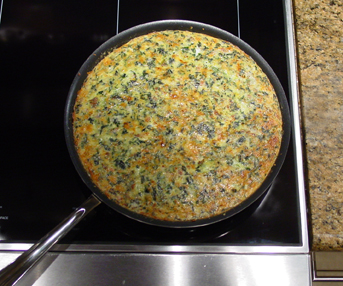



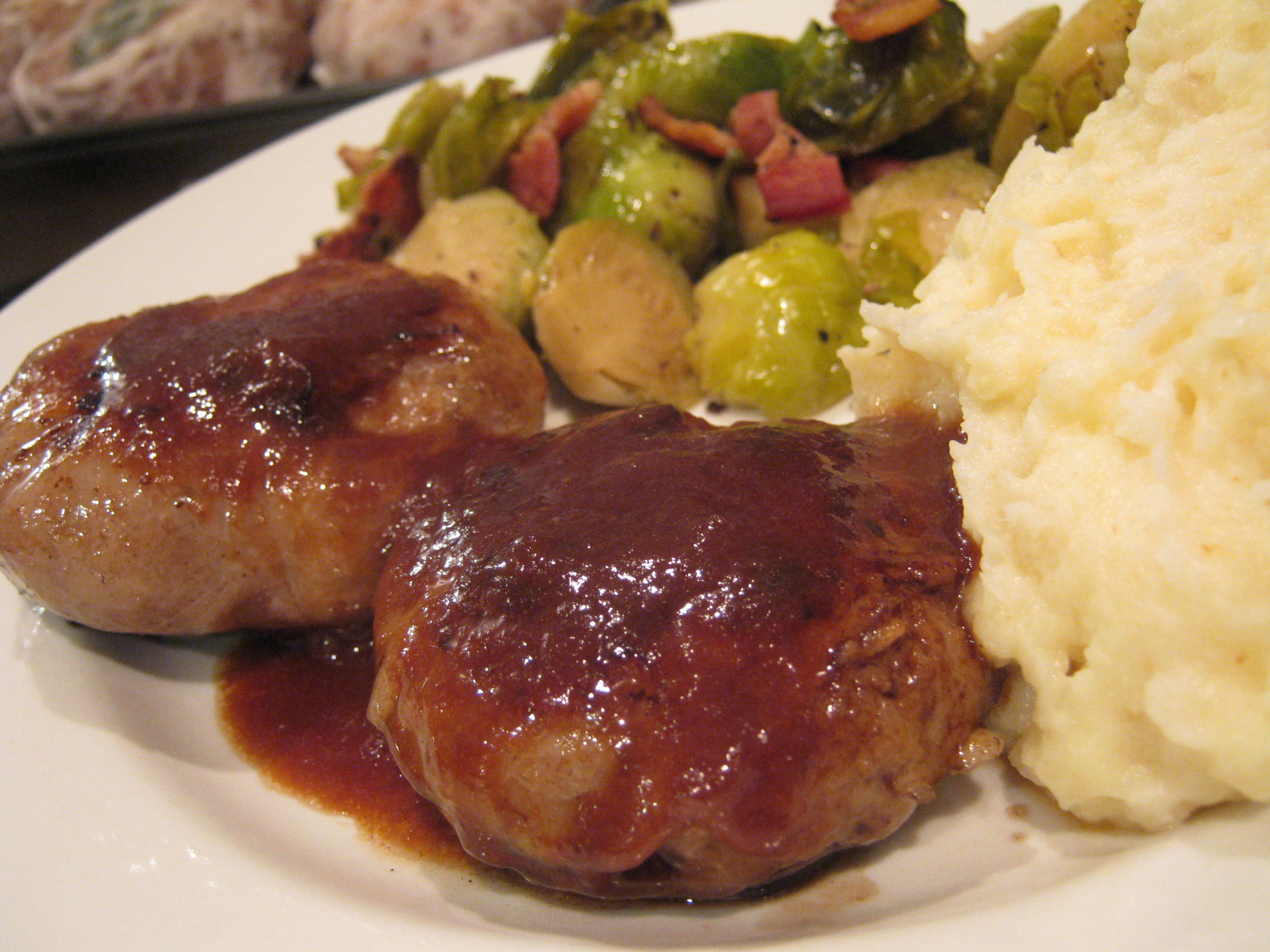



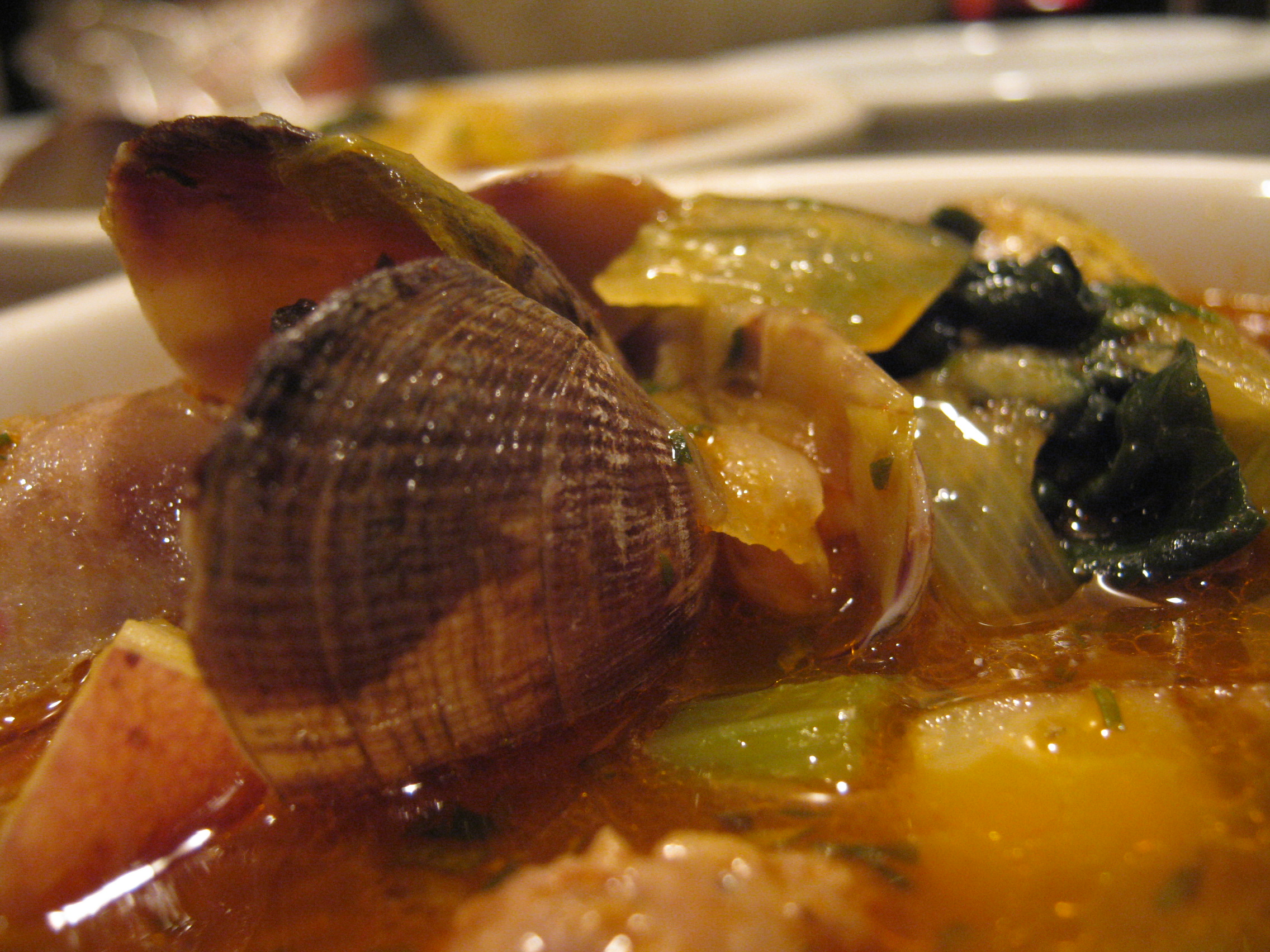

![Young-Frank-wSaus[1]](/wp-content/uploads/2014/11/young-frank-wsaus1.jpg) Each week, our founder and casing captain, Frank Isernio will answer one of your questions. Whether it’s regarding sausage, Isernio’s history, quality control or how to make a killer lasagne, Frank is here to help extinguish the flames of your burning curiosity.
Each week, our founder and casing captain, Frank Isernio will answer one of your questions. Whether it’s regarding sausage, Isernio’s history, quality control or how to make a killer lasagne, Frank is here to help extinguish the flames of your burning curiosity.
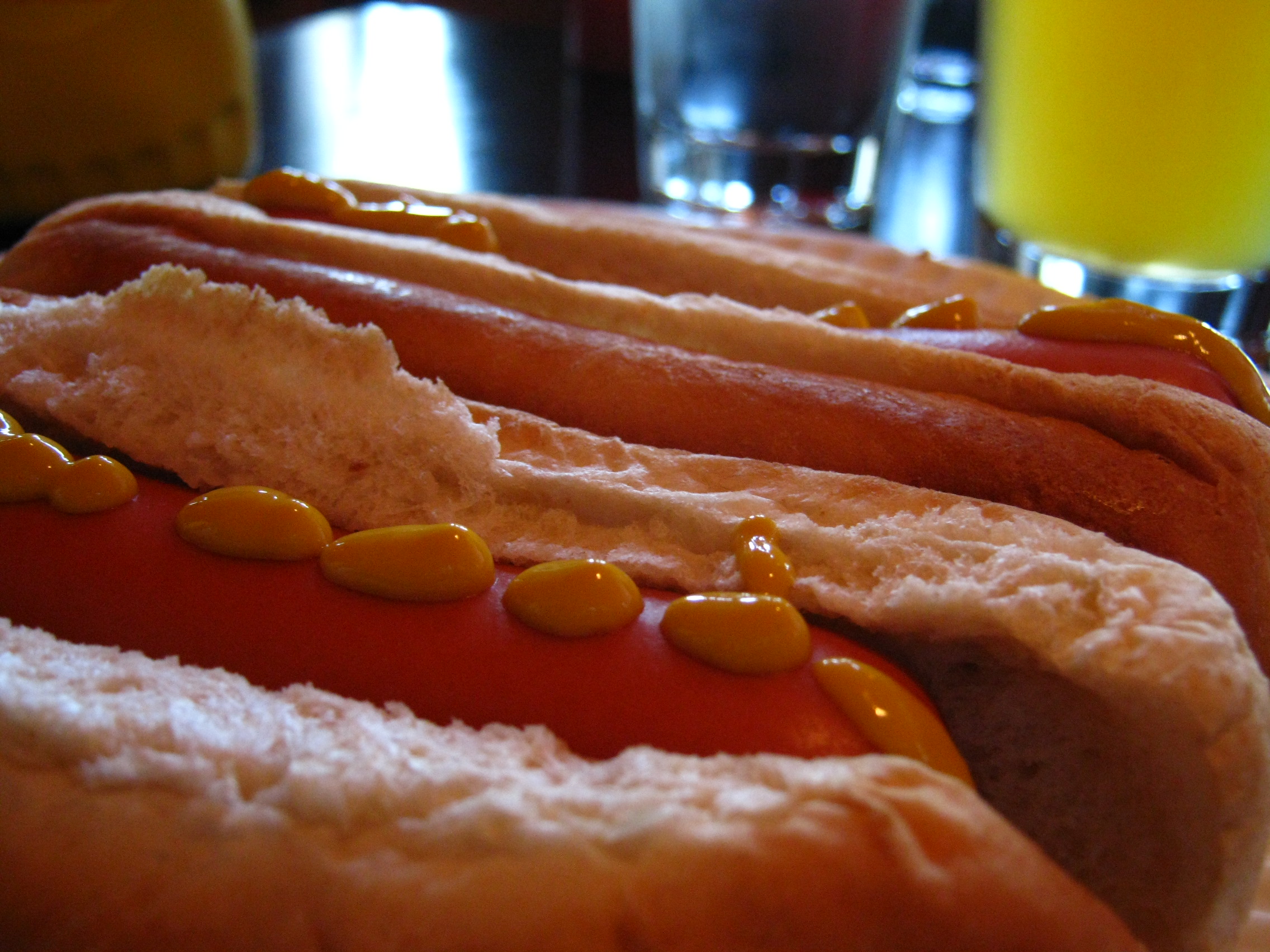

Recent Comments